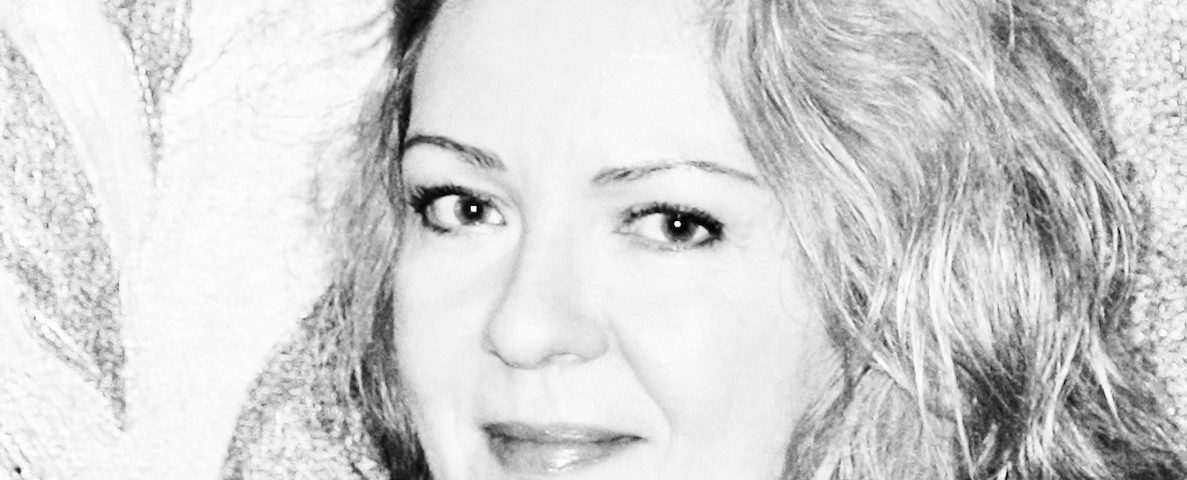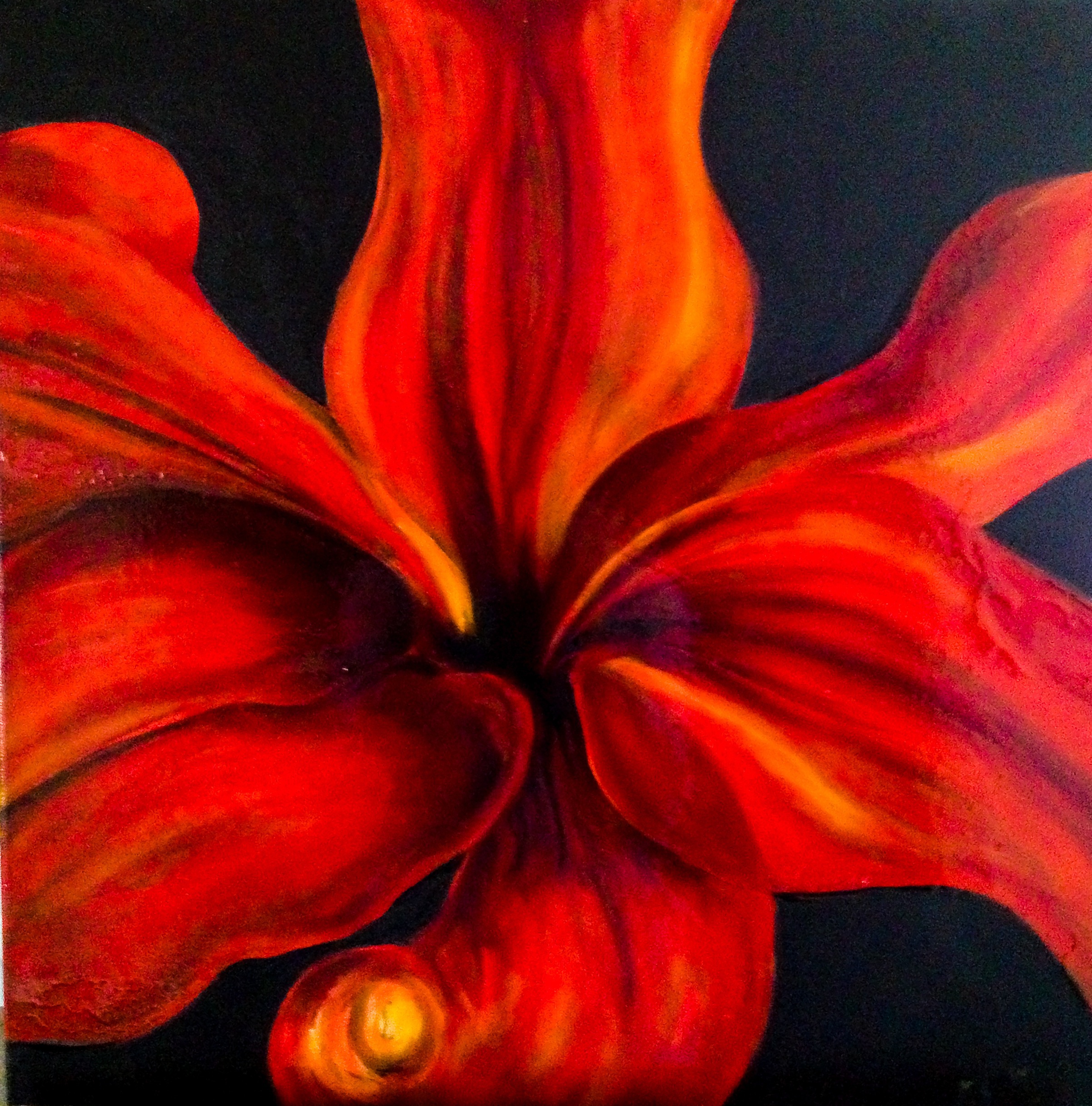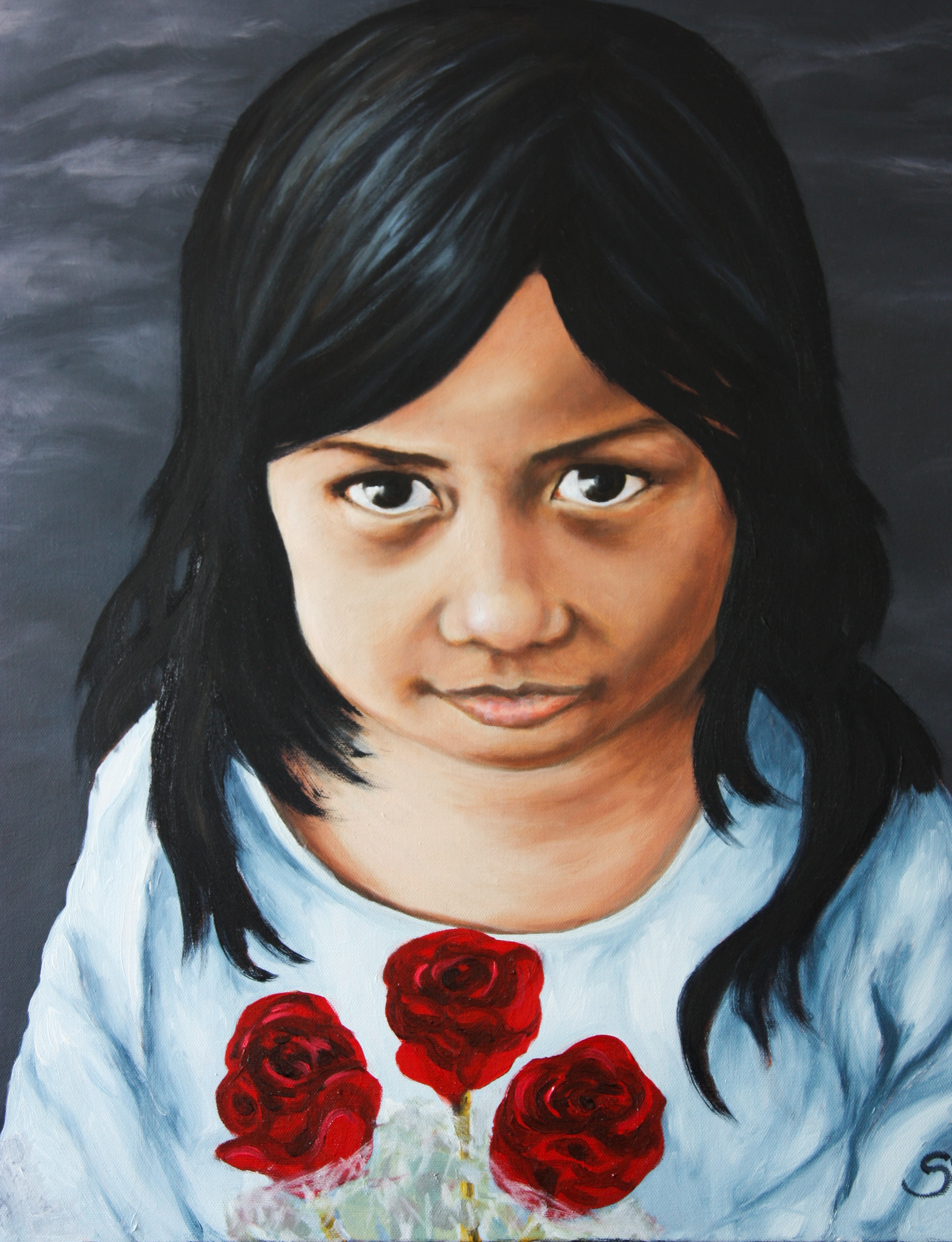Success and creativity with Simone Haas
Success and creativity with Simone Haas

Success and creativity with Simone Haas
Please could you tell me a little bit about yourself and your career in the world of creativity and art?
I have been drawing and painting since I was a teenager. Although I did not study art at a university, I did have the opportunity to get inspired and educated in art through fellow artists, workshops, courses and programs in drawing, painting and photography. Since I have been travelling a lot and also living and working in different fields and countries in Europe and Asia I gained a lot of insight on other cultures and inspiration through that. Now I do work as a freelance photographer and painter and also get involved in design for interior decorating, jewelry and even books. Once in a while I do either solo shows or group exhibitions with paintings and photographs.
2. Can you share an experience or specific moment that made you lose/gain confidence regarding putting your ideas on canvas?
I used to destroy a lot of drawings and paintings I was not happy and lost my patience to work with. Later on I did regret it at least for some works. Of course other artists, even famous and talented, have had the same experience and destroyed so many of their own works in the process of their artistic lives and careers. So now, the very moment I realize that I start getting irritated and frustrated with the painting, I stop right away. I put it away and will not look at it for a few days or even longer, depending on the “frustration level” and keep doing other projects in the meantime.
Then I would look at it from some distance and get closer. This shifts my “point of view” so I can see it again with “new eyes” and realize if it looks close to the idea I had in my head. I did this, for example, with a landscape painting where I found that something interesting was missing. I fixed the missing part by adding some people from a perspective further away in the background, which made the whole scene more interesting. It took me a few months to finish this project, but now I am very happy with it and glad I did not give up on it.
3. In what areas do you think nowadays schools/universities around the world could improve when teaching students in terms of creativity and imagination? What advice would you give them? What guidelines/specific steps would you give teachers and coaches to help building up student´s artistic skills?
Teachers should help students to discover their skills with an open mind and introduce them to as much different styles, medium and viewpoints as possible.
Never let them do copies of single masterpieces but instead use different paintings and artists as inspiration for their own “masterpiece”.
Challenging students with finding their own ideas and translation into unusual mediums or finding solutions from a very different viewpoint, that`s very important. I also think grades should be given for the effort and creativity to realize an idea, not necessarily copying a certain technique.
4. One of the greatest challenges today is problem solving on a regular basis. Could you share with pupils, students, and young professionals a few thoughts if/how painting and solving problems are related?
Painting and creating art is in many ways like dreaming or meditating. By valuing the process of “letting go” of an idea or problem for a while and just being driven by your “feelings”, you are able to discover new ideas and solutions.
A nice way to discover that is to create an abstract painting. Just choose your colors, canvas or paper, don’t think about it too much, and start painting/ drawing. You would be surprised what shapes and colors can materialize. It is like the great idea for a design you were desperately looking for, it is “coming” right to you when you least expect it. For instance, when you are absentmindedly doodling or while talking on the phone.
Creating art gives you the possibility to imagine impossible things and situations, therefore, also enhancing your emotional intelligence. By start playing around with seemingly impossible solutions and scenarios in the business world, you might find the “real” solution faster as well.
It is similar to this daily situation: Probably all of us know the feeling when you cannot remember where on earth you left your keys, right? You have a glimpse. It is right there on the tip of your tongue. Just that moment, when you at least expect it, the location crosses your mind again.
5. What would you say are success factors when it comes to finding outside-the-box solutions from an artist`s point of view?
A few “tricks” I use for painting myself could be translated into any kind of problem solving.
Sometimes it occurs that something seems to be wrong with a painting, but I am not sure what. First thing I do is putting the painting upside down and/or sideways, step back, and look at it again. Then, mostly the answer reveals itself. Suddenly, I can see the wrong proportions or mistakes in the color.
For instance, another thing I do is taking the photo (that I draw the painting from) and only focus on the photo. Most of the time I begin “seeing” things” in the right proportion again that I didn’t realize while looking at the actual painting.
So, I would say with any kind of problem solving process it helps to “step away” from the problem first. Look at it from another viewpoint or try getting yourself into the shoes of the ones involved and see the situation with their eyes. I believe any means that get you one step further are allowed (mentally or physically), even if you would have to perform a headstand in yoga style.
6. How do you define success?
Success is the moment you feel appreciated for a kind of work you love doing.
7. What personal life principles made you become successful?
Don’t waste time on situations you cannot change, however, look for other opportunities that come along.
Never feel sorry for yourself too long!
In every negative experience lies something you can turn into something positive.
8. What would you tell students and young adults in order to help them achieving what they want?
Most importantly I would say is: “Be fearless” and “be persistent”! Last but not least, “have a sense of humor, be able to laugh about yourself, and forgive yourself! Sometimes you are your own “obstacle” because you take yourself too seriously.
I remember that especially at the beginning of my career a lot of rejection, conflicts and misunderstandings happened, which is pretty common. You just learn to deal with that as you progress and realize it was never that “bad” as it seemed at the time! You just keep going and always try to see the “bigger” picture of all things.
Book Recommendation:
From an icon of popular culture, here is inspiring advice for artists, graduates, and all who seek happiness and success on their own terms.
Interview conducted by Nicholas Sebastian Chan
Date: July, 2013
on www.a-grade.at


